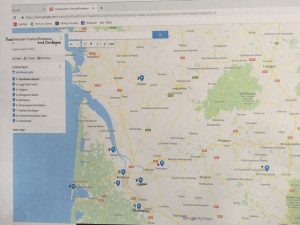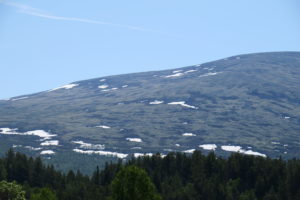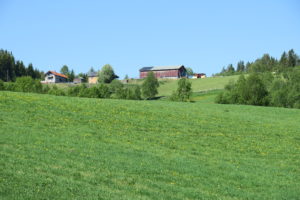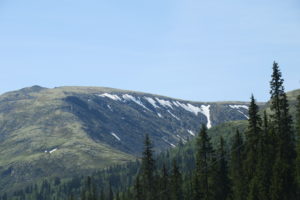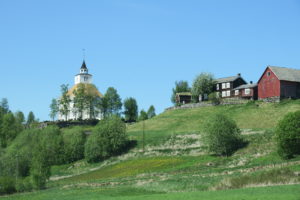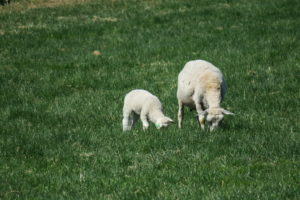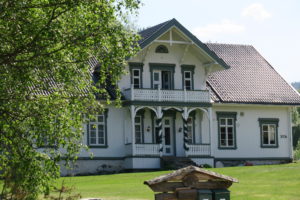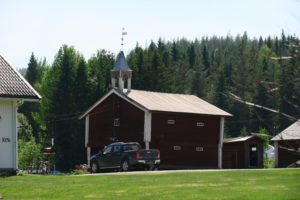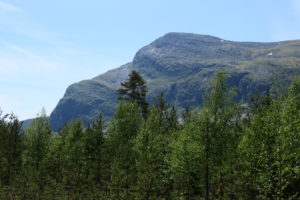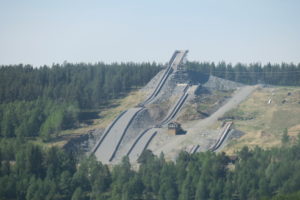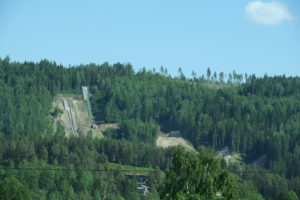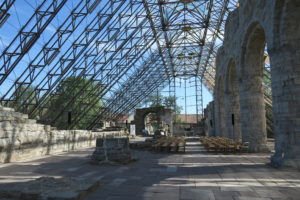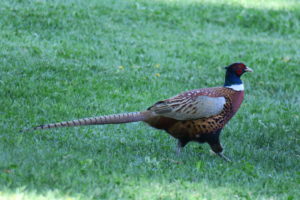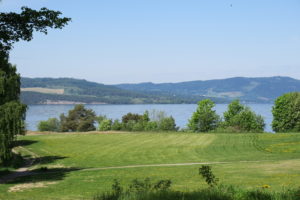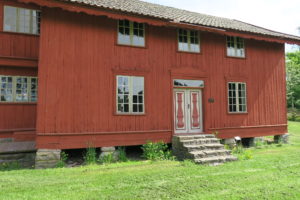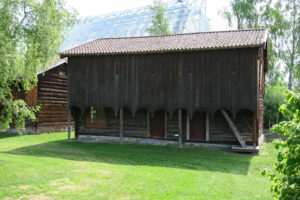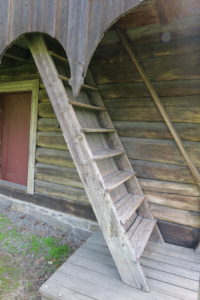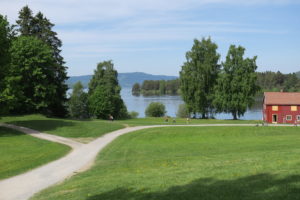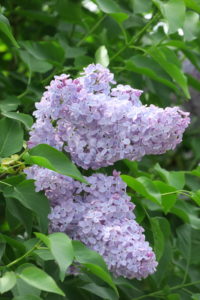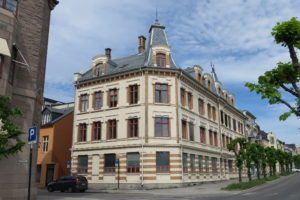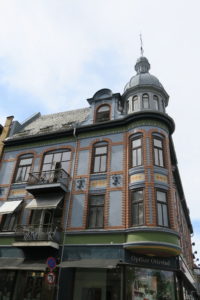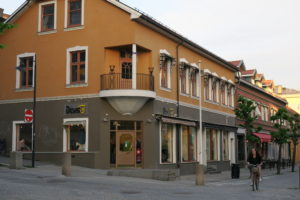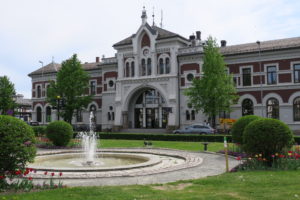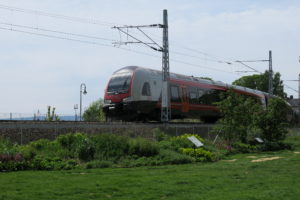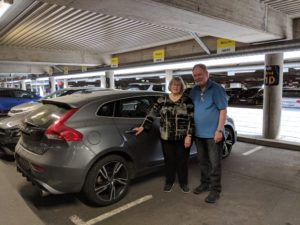Monday to Thursday, May 6 to 9
We have landed and are shifting into our France mode.
We had a relatively smooth flight from Portland to Amsterdam. We left a half hour late. Since we had a 6-1/2-hour layover, that was no problem. But then our second leg, taking us to Bordeaux, left an hour late, lengthening an already very long transition day.
We picked up our rental car (having been upgraded to a Toyota Hybrid at least in part because “they’re popular with our seniors”) and headed for the Atlantic Coast. We thought this would be an easy, low key way to adjust to our new time zone. It was supposed to be a 1-hour drive.
Our helpful Europcar staff had programmed our SatNav system with the address of our hotel. We lost some time in very heavy traffic, but still thought we were okay. We landed in the right area generally, but not the right town specifically. (We eventually figured out that a digit in the postal code—the French equivalent of our zip codes—had been entered incorrectly in the navigation system.) We logged in about 30 to 40 extra kilometers and were starting to wonder how we were going to resolve our problem. What few towns and businesses we’d found were closed up. I tried to use my phone to call the hotel and to use a map, but couldn’t get a signal. It was now getting dark and raining, and we were in a sparsely populated finger of land in the sea. We stopped at a camping site where I engaged with one of the campers to try to determine where we should head. With no English being spoken, the man was able to respond to my not-so-eloquent French enough to point our car in the right direction. We eventually arrived at our hotel in the small seaside town of Cap Ferret around 9pm, not only running on fumes energy-wise but also pretty drained stress-wise. We had a couple bugaboos with our room and getting access to parking. Then the hotel sent us to the only restaurant they thought would still be open and that was reasonably nearby. When we arrived on foot and in a steady rain, it was closed. We saw a group of people standing in front of an establishment down the block. It turned out to be a wine bar that was willing to serve us some tapas (and wine, of course). The only seating was outside under an awning. A little chilly and a wee bit damp, but the food hit the spot and the service was friendly and helpful. Jerry asked whether a wine we were served was from the Cabernet Franc grape. Our super-friendly server was embarrassed to not know the answer. She asked the manager, who didn’t know either. I asked to look at the bottle and found Cabernet Franc in the fine print at the bottom of the back label. Jerry got major kudos from our server. When we settled our bill and were about to toddle off to collapse into our bed, she came out to say they wanted to offer us our choice of a Cognac or Armagnac. Such a nice and welcoming gesture. We had one of each, as research for our next stop in Cognac, of course. A pleasant wrap up to a challenging and tiring day.
Wednesday was our fresh start. We drove out to the very end of Cap Ferret, a long peninsula somewhat enclosing the Bassin d’Arcachon, a large lagoon. We climbed up to a sandy spot that gave us a good view across the mouth of the Bassin to the Dune du Pilat, Europe’s highest sand dune. We also could look out to the Atlantic, with the wind whipping our hair and helping to keep us awake.

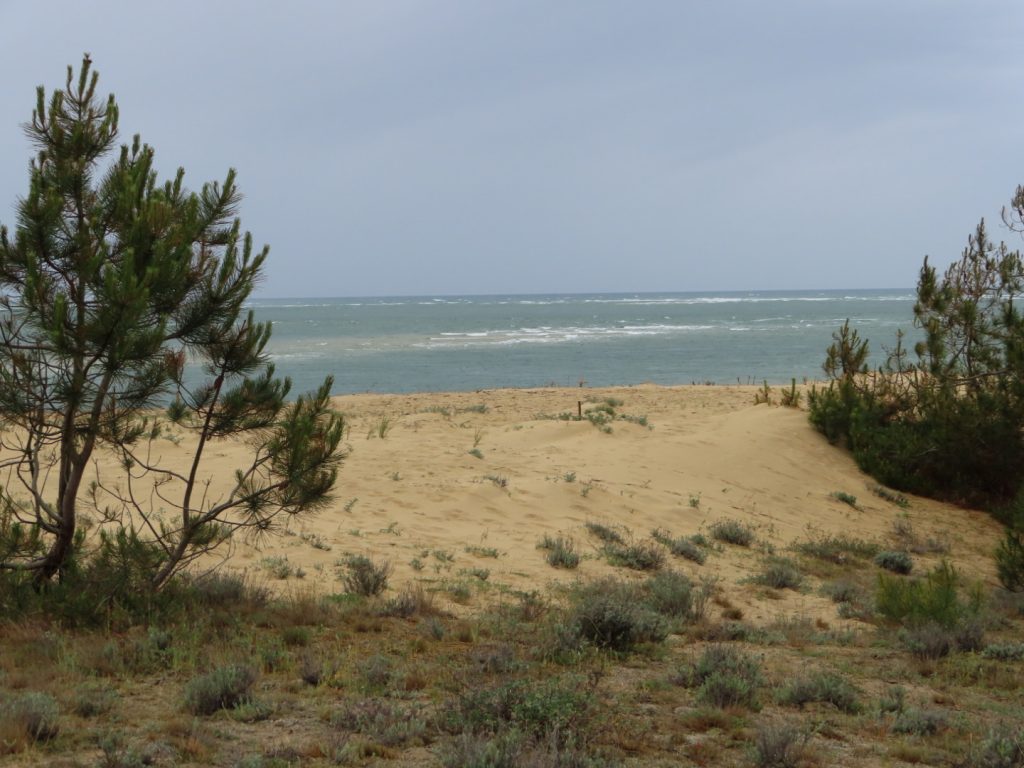
Our next stop was the Phare du Cap Ferret (lighthouse). We were saved from climbing the 258 steps to the top when two large groups of 8- to 10-year olds arrived to climb up right ahead of us. The thought of sharing the adventure with these rambunctious youngsters running up and down the narrow spiral staircase was enough to keep us admiring the lighthouse from outside.
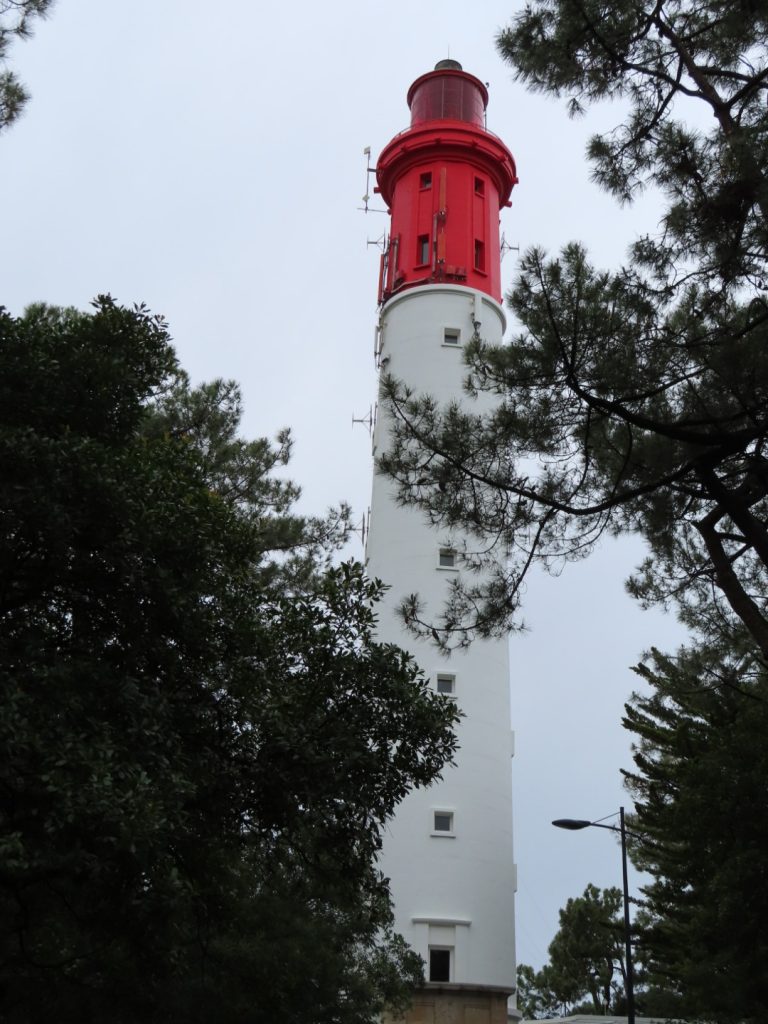
We walked through our little town and along the lagoon, where we could see the legendary oyster beds. We saw oyster farmers out working the oysters, and we saw numerous oyster tasting businesses. The lagoon is famous for its oysters, but also all manner of shellfish and fish.
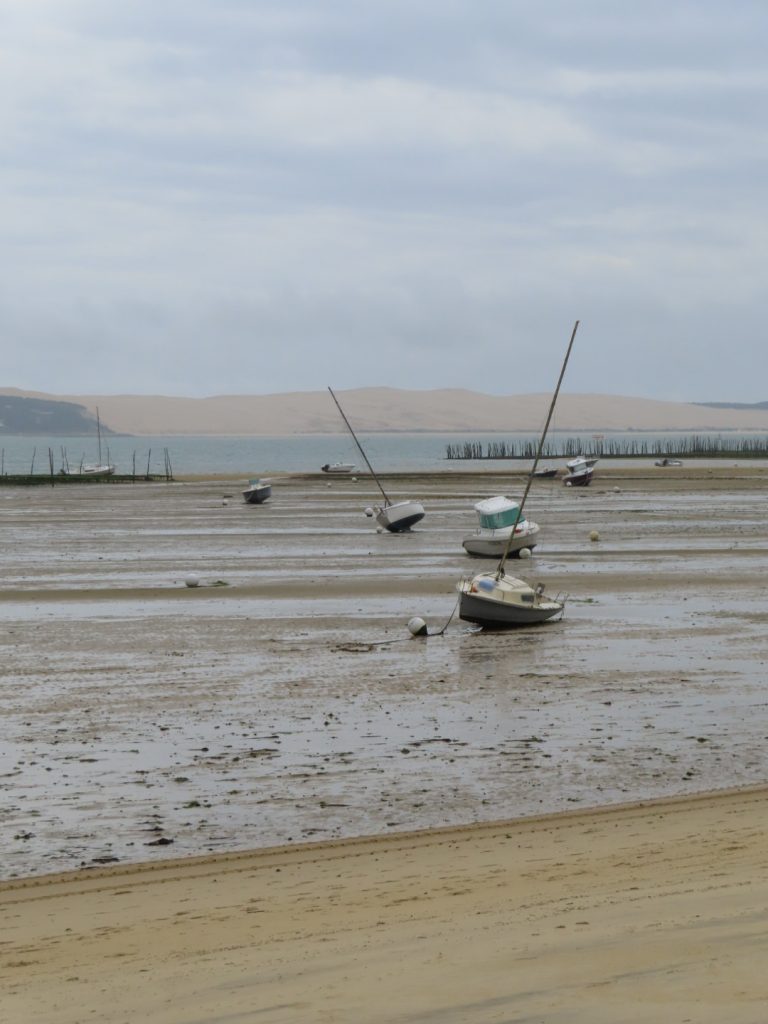
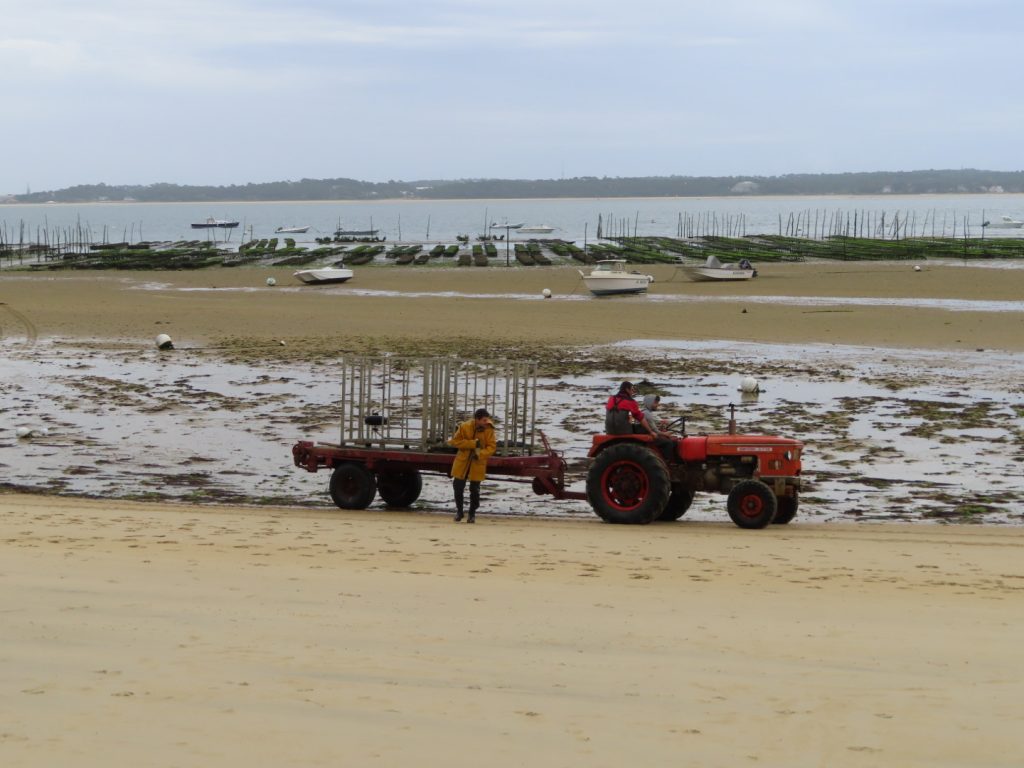
To cap off our day, we had dinner at a nice restaurant along the water. We started with an assiete des fruits de mer (plate of seafood). The oysters were fresh and briny. We also had large shrimp (in the shell and with their heads still attached) and a bunch of whelks (think snails inside twisty, conical shells). Yum!

Once again, our service was friendly. A young woman who had traveled in Canada was assigned to us because of her English. She was self conscious because it had been years since she’d used her English. Ditto my French, but we did just fine between us. Later the manager came over to our table and struck up a conversation. He was eager to practice his English. He said they see very few Americans in this area. Thanks to his enthusiasm, we ended up shutting down the place.
When we left to walk back to our hotel, the wind had really picked up. Shortly after we returned, we had a gully washer of a storm that came through and lasted most of the night.
On Thursday, we took a Michelin-recommended drive around the Bassin. We drove through a series of oyster ports, stopping to wander here and there. We visited a couple 12th century Romanesque churches.
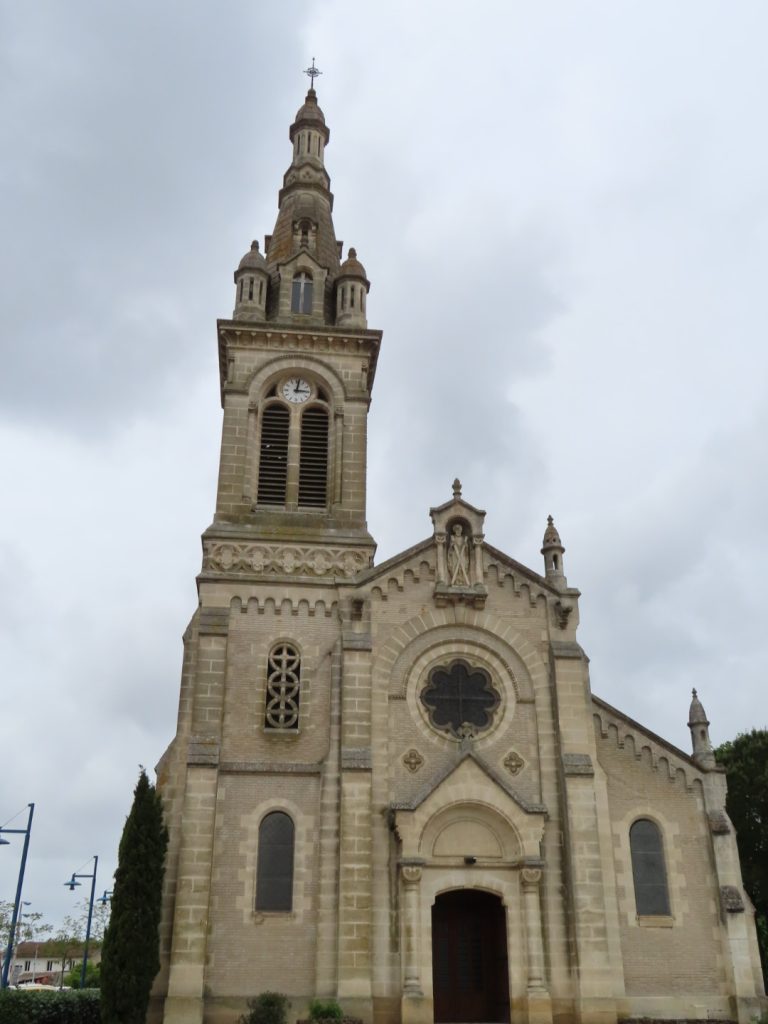
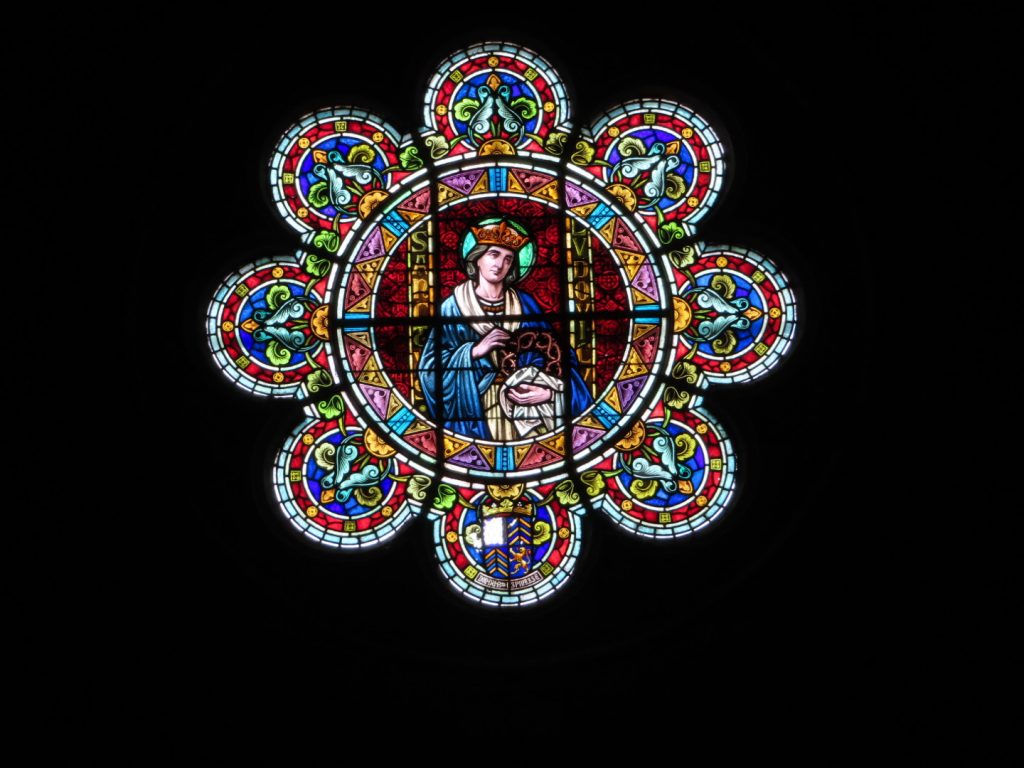
The highlight of the day was seeing Gujan Mestres, an oyster port with canals lined with oyster huts. One of the canals has an oyster museum and dozens of oyster tasting shacks. That area also had tour buses and lots of people, so we didn’t dawdle too long there.
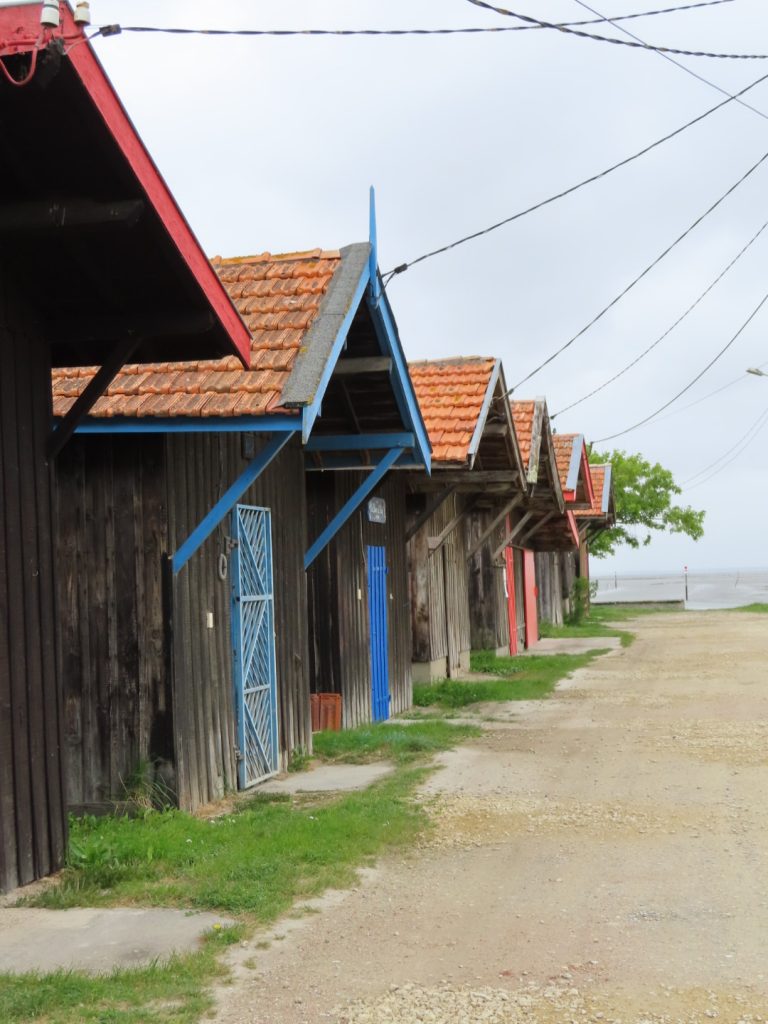

We ended our day with another seafood plate and some beautifully prepared fish at a casual and busy restaurant in the fishermen’s village section of Cap Ferret.
Once again, we seemed to be a curiousity. Anyone who spoke English stopped by our table to engage with us. Most everyone asked where we were from. A response of “Oregon” usually confused people. I would usually include a reference to the Cote Ouest (West Coast) to help out. We also usually mention that Oregon is “north of California.” One person asked if we were near the Yukon. Well, not quite that far north.
On our way back to our hotel, we stopped to admire the majestic lighthouse in its nighttime guise.
This part of France is called the Cote d’Argent (the Silver Coast) and is unlike any other French region we have visited. It’s all about sand dunes and pine trees and seafood—and definitely the oysters. It’s clearly France, but it struck a real chord of recognition for these two West Coast folks. It’s not hard to understand why this is a favorite vacation destination for the French.
